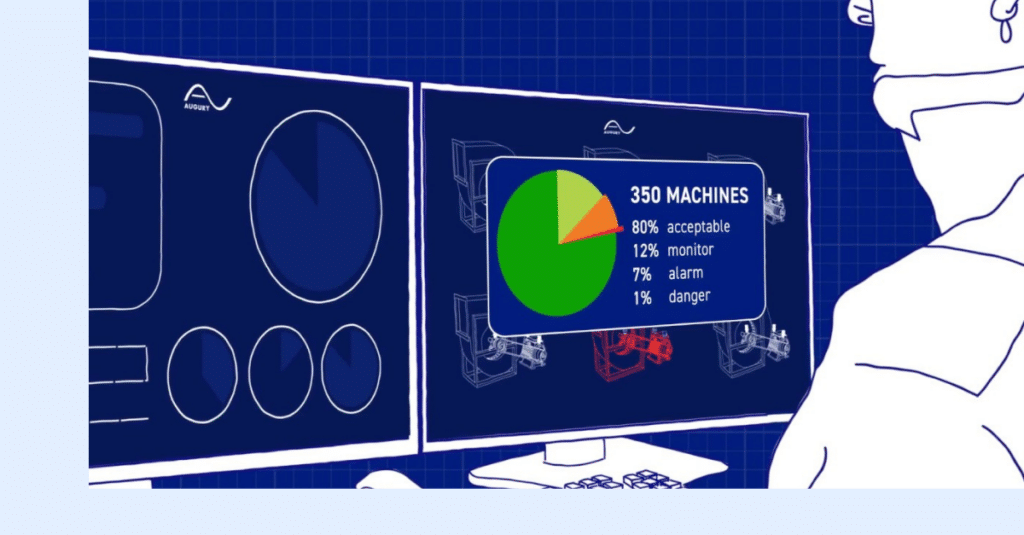
Maintenance teams have long sought greater insights into the health of the machines they service. Even through the first confluences of manufacturing and computerization in industry 3.0, however, machine health has remained a mystery for many. The next era of production in industry 4.0 will change that.
The advent of various internet-connected and data-driven technologies today enables rapid digital transformation and extensive insights into machine health. For example, IoT sensors attached to equipment can monitor various machine health metrics in real time and apply analytics to instantly identify changes in performance that require awareness or intervention.
Here are two use cases that any factory can emulate to make the most of machine health data to move faster into industry 4.0:
1) Prescriptive Asset Reliability and Maintenance
With more visibility into machine health data, maintenance teams can not only predict when, where, and how a machine will break down long before it happens, but they can also access AI-driven diagnostic insights to see exactly what to do about it.
This prescriptive approach to maintenance marks a new frontier for manufacturing. Unlike the reactive and preventive maintenance methods of the past, prescriptive maintenance can drastically reduce or even eliminate downtime by preventing minor issues from scaling into major breakdowns.
What’s more, prescriptive maintenance allows for the strategic reorganization of maintenance teams. Without the need to perform time-consuming diagnostics, experienced technicians can focus their efforts on higher-value tasks. And less-skilled technicians can tackle problems more efficiently when armed with prescriptive insights. Master technicians can also use machine health data to precisely provision where and how technicians should spend their time to bring to most value to the company.
2) AI-Driven Remote Collaboration and the Virtual Shift
The high level of accuracy and understanding provided by prescriptive diagnostics can also better enable collaboration among dispersed teams, which is especially important now as workers might be far apart due to the pandemic.
With real insights from machine health data, maintenance teams can easily show experts from across the company the full condition and context of a machine. Experts can then collaborate with teams on the ground to help fix, maintain, troubleshoot, and plan effective maintenance for all assets.
This means factories can operate with skeleton crews on site because workers on the ground can access any additional insights or expertise remotely. Field engineers can guide technicians from 1,000 miles away using augmented reality headsets and machine health data.
Manufacturers eager to make progress toward digital transformation shouldn’t overlook the importance of machine health data. It’s a tremendous asset and a key component of industry 4.0.
This virtual shift in manufacturing may have been born out of necessity due to the pandemic, but it will remain valuable long after as manufacturers recognize the power of digitization to optimize all assets, mechanical and human, throughout a company. Innovative technologies enable maintenance to transform from rigid, time-based schedules to condition-based, collaborative approaches that expand across entire organizations.
Manufacturers eager to make progress toward digital transformation shouldn’t overlook the importance of machine health data. It’s a tremendous asset and a key component of industry 4.0. Best of all, the technology necessary to collect and leverage machine health data already exists. The next step is to embrace it.
Learn more about ‘The Road Map to Value for Digital Transformation of Maintenance in Manufacturing‘.




